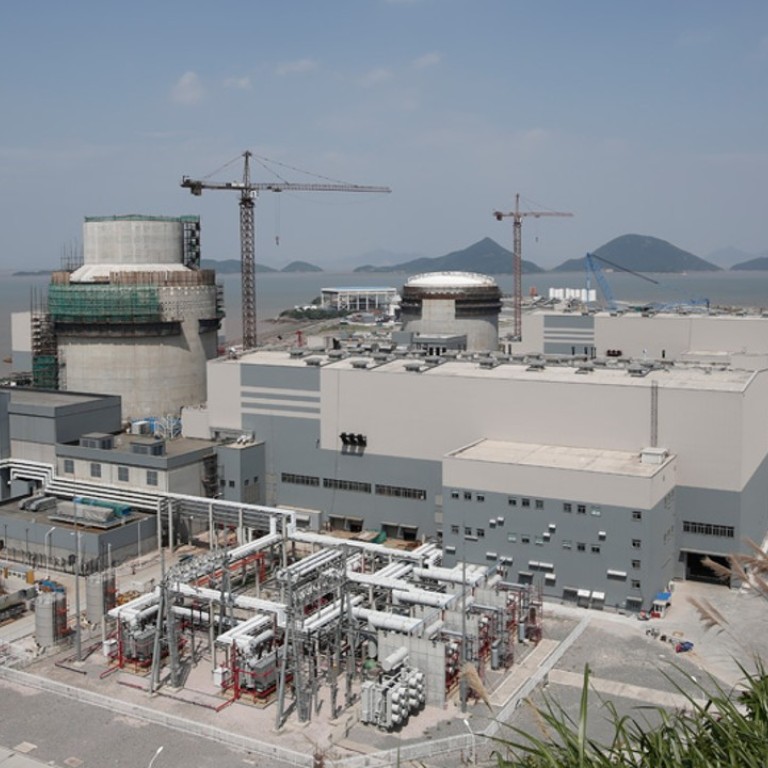
China ready to fire up world’s first AP1000 nuclear reactor
No 1 reactor at Sanmen power plant expected to be ready for commercial operations on Friday after completing 168-hour test run
China will soon be ready to start commercial operations of the world’s first next-generation AP1000 nuclear reactor, possibly setting off a renewed push by the country into atomic power after years of delays and billion-dollar cost blowouts.
The No 1 reactor at the Sanmen power plant, designed by Westinghouse Electric Company, is expected to be ready for commercial operations on Friday after completing a 168-hour test run, Shanghai-listed China National Nuclear Power Company said in a statement to the stock exchange Thursday. It did not say when the unit, in east China’s Zhejiang province, will officially enter commercial power production.
China’s largest nuclear power developer eyes wind and gas projects in addition to maiden venture in UK
China’s drive for cleaner energy has been a bright spot for a nuclear industry beset by cost overruns and stricter regulations in the wake of Japan’s 2011 Fukushima disaster. The Sanmen start-up may help advance the country’s ambitions to almost double nuclear capacity by 2020 as the approval of new reactors is seen as being dependent on the successful start of so-called third-generation reactors.
“It’s a landmark event for China’s nuclear power industry,” said Snowy Yao, a Hong Kong-based analyst at China Securities International Finance Holding Company. “It’s safe to say China is now one of the leaders in the world’s civil nuclear power industry.”
Typhoon Mangkhut: Two nuclear power plants on China’s Guangdong coast in path of storm
These types of new units, including the AP1000, were designed to be easier and less expensive to install and operate, as well as safer. But they ended up being more expensive and difficult to build than expected, especially in the US, where cost overruns ultimately forced the bankruptcy last year of Westinghouse, the nuclear technology pioneer that has since been bought by Brookfield Business Partners.
The first Sanmen AP1000 missed its original 2013 start-up target due to design problems and supply chain bottlenecks. It is also 10 billion yuan (US$1.46 billion) over its original 40 billion yuan budget, as is a similar reactor being built in Haiyang, China Energy News reported in August, citing a State Nuclear Power Technology Corp official.
Why nuclear energy will fuel power-hungry China’s dreams of national rejuvenation
China is also developing reactors designed by Electricite de France SA in Taishan in Guangdong province, where commercial operations are expected after it was connected to the grid in June.
Power generation from 38 operating units in the mainland rose 13 per cent to 130 billion kilowatt-hours in the first half of the year, about 4 per cent of the nation’s total electricity output, according to China Nuclear Energy Association. Policymakers have targeted to boost nuclear capacity to 58 gigawatts by the end of the decade, compared with about 38GW currently.

